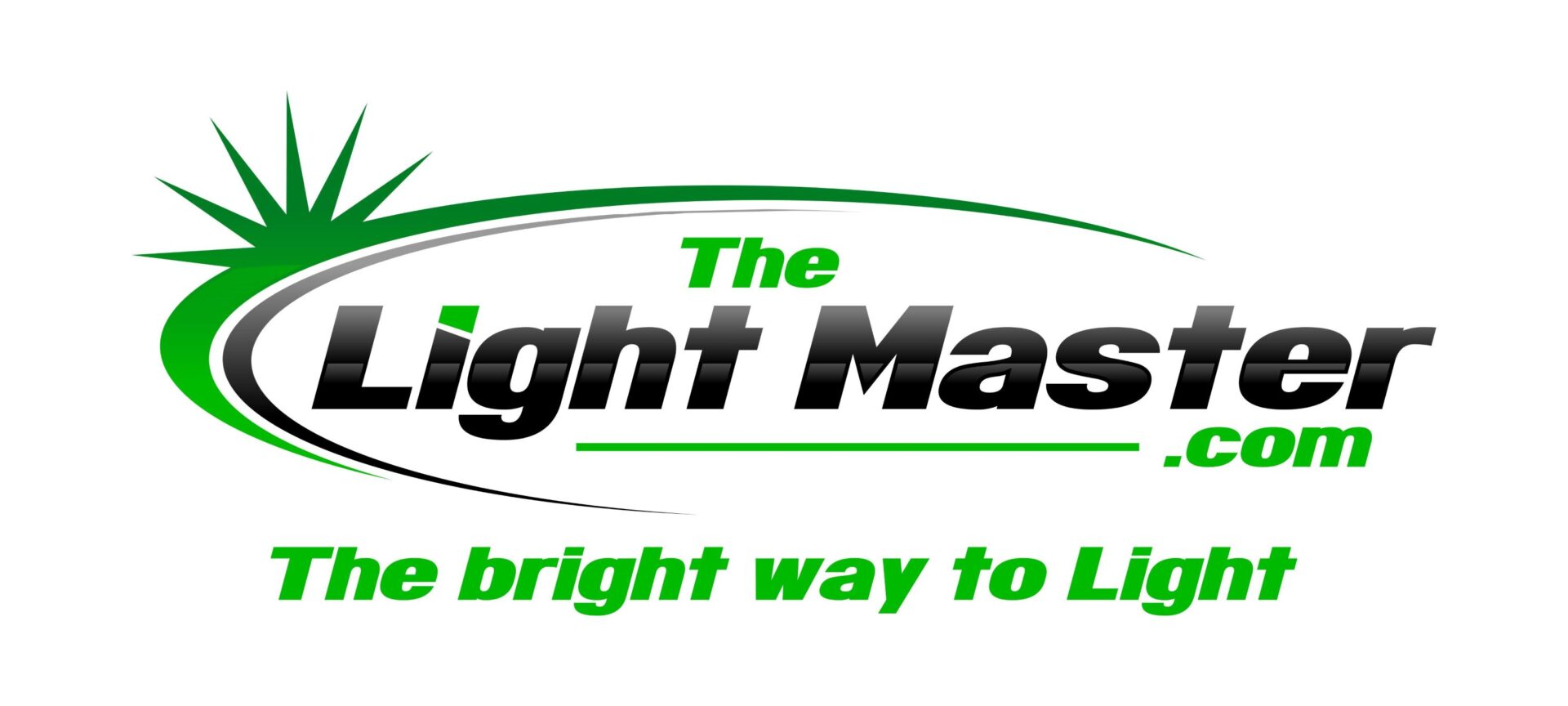Should You Upgrade to Led Warehouse Lighting? Benefits Most Don’t Realize Immediately
LED lighting is the best substitute for fluorescent bulbs or metal halide bulbs. This light provides better energy usage and maintenance as well as better quality light. Because of this, the LED lights are perfect for large open facilities.
Having LED Warehouse Lightingwill provide you the numerous benefits that most don’t realize immediately.
Why do you need to upgrade to LED Warehouse Lightning?
Both LED & Fluorescent bulb fixtures are energy efficient. Fluorescent bulbs are made from glass so they can be broken down easily. These bulbs also contain mercury which is a hazardous substance that gets exposed to a human when cracked or shattered. But the LEDs are not made from glass and are devoid of mercury which makes them less toxic.
Safer Work Environment
Safer facilities can only be felt when there are brighter facilities. LED High Bay Lightingcan be used in the warehouses as the employees of the warehouses perform various physical activities. The work of the employees is physically demanding and requires a lot of movement. With this adequate light, these daily routine activities can be performed smoothly.
The LED Flat Panel Lightingfrom the Electro-Matic will give immediate light without any flickering and other problems. Replacement of the old warehouse fixtures will reduce workplace accidents and also improve safety.
Bright Illumination & Coverage
The operation conducted in the warehouse requires requiring exceptionally brighter lights and a large amount of coverage to make the people’s jobs smoother. LED lamps use between 170 to 210 watts and produce comparable brightness and better light quality.
Environmental and Economic Benefits
Light emitted by the LEDs is directed exactly to the place where it is needed. These lights also save 50% of the energy used by the metal Halide or HPS lamps. A typical HPS lamp might produce 35,000 lumens but it is scattered all over.
Unlike LEDs, these lamps experience faster lumen depreciation of up to 50% over their short life cycle.
